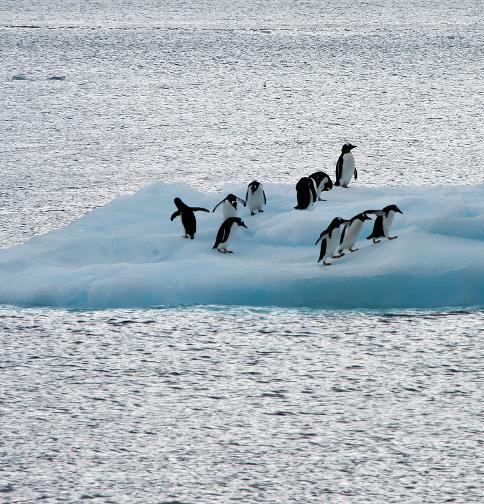Final act: NASA warns of the end of the Larson B Antarctic ice shelf
The last intact section of one of Antarctica’s mammoth ice shelves is weakening fast and will likely disintegrate completely in the next few years, contributing further to rising sea levels, according to a NASA study released this week. The research focused on a remnant of the so-called Larsen B Ice Shelf, which has existed for at least 10,000 years but partially collapsed in 2002. What is left covers about 1,600 square km, about half the size of New York’s Rhode Island. The study’s lead scientist, Ala Khazendar, said analysis of the data reveals that a widening rift in Larsen B will eventually break it apart completely, probably around the year 2020. Once that happens, glaciers held in place by the ice shelf will slip into the ocean at a faster rate and contribute to rising sea levels, scientists say.
This study of the Antarctic Peninsula glaciers provides insights about how ice shelves farther south, which hold much more land ice, will react to a warming climate.
Eric Rignot, co-author of the study and a glaciologist at NASA’s Jet Propulsion Laboratory in California
Antarctica has dozens of ice shelves - massive, glacier-fed floating platforms of ice that hang over the sea at the edge of the continent’s coast line. The largest is roughly the size of France. The study, published online in the journal Earth and Planetary Science Letters, was based on airborne surveys and radar data. Almost 200 countries have agreed to negotiate a United Nations pact by the end of 2015 to combat global climate change, which most scientists expect will bring about more flooding, droughts, heat waves and higher seas.

Americas ANtarctica